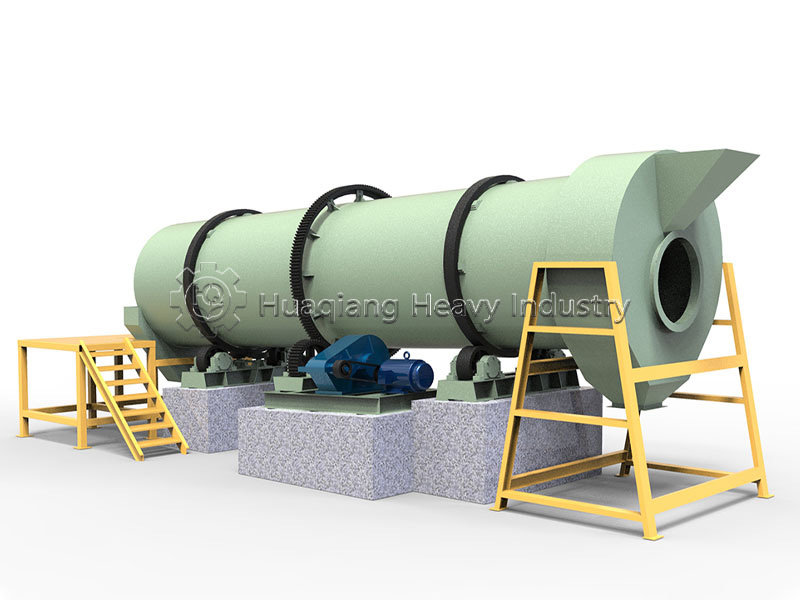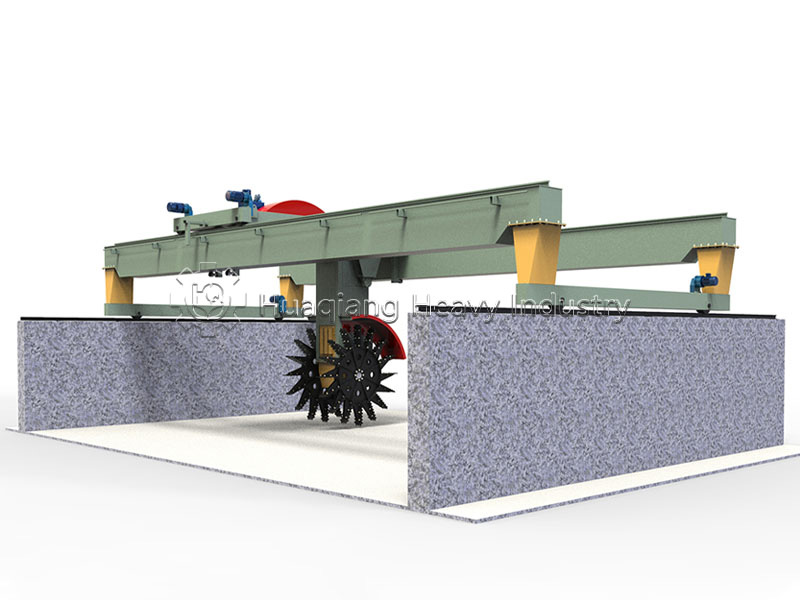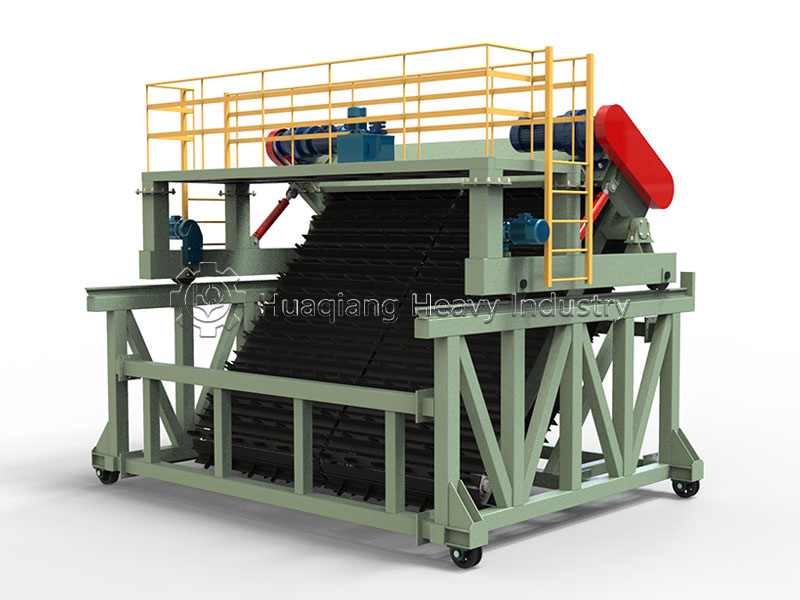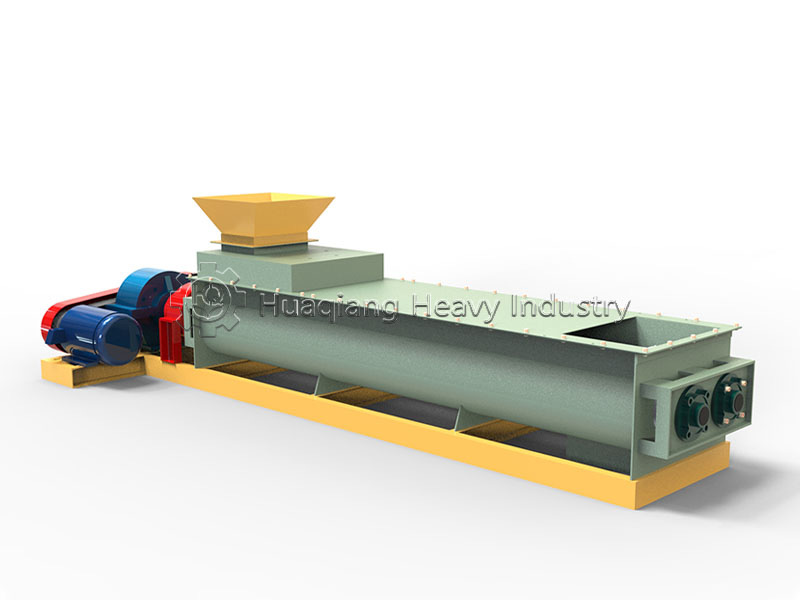How is bio-organic fertilizer produced? A complete production line and core equipment analysis
How are piles of agricultural waste transformed into high-quality fertilizer rich in active microorganisms on a modern bio-organic fertilizer production line? This systematic processing chain integrates the collaborative operation of professional bio-organic fertilizer equipment, achieving a value transformation from “waste” to “soil nutrient.”
The journey begins with the pretreatment and scientific formulation of raw materials. Various organic raw materials are crushed, screened, and mixed in precise proportions, adjusting the carbon-nitrogen ratio and moisture content. This crucial step creates ideal conditions for subsequent fermentation, laying the technological foundation for the entire bio-organic fertilizer production line.
The core process lies in deep fermentation and the addition of microbial agents. The mixed materials enter the fermentation zone, where a windrow compost turning machine demonstrates its unique advantages. During the continuous 15-20 day aerobic fermentation process, the temperature undergoes a complete change curve, achieving complete harmlessness. When the temperature is suitable, professional functional microbial agents are precisely added, and active microorganisms begin to colonize and multiply in the material.

After fermentation, the material enters the refining stage. After obtaining powdered base fertilizer through crushing and screening, if it is necessary to improve the product’s marketability, it enters the granulation process. At this point, the rotary drum granulator comes into play. This not only improves the product’s appearance but also significantly enhances its storage and mechanized application performance.
This modern production line not only solves the problem of agricultural waste disposal but also produces biological products that can improve soil and enhance soil fertility, playing an increasingly important role in the construction of modern ecological agriculture.






